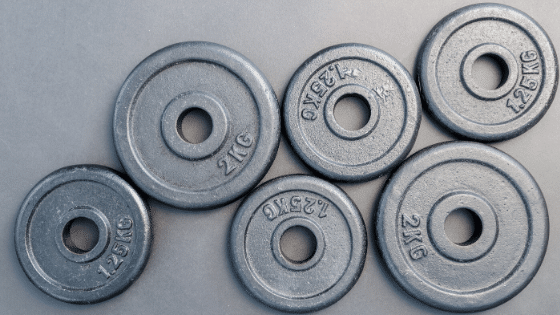
Part III: The 4 Basic Physical Failure Mechanisms of Component Failure: Overload
Author’s Note: I want to reiterate that this Series about reading the basic fracture surfaces, is for novices who often first come into contact with such failed components. This Series is about the basics (101), and is intended to give readers an appreciation for the value of such ‘broken’ parts to an effective investigation/RCA. While this information will be rudimentary to seasoned materials engineers, I know they will all appreciate heightening awareness to the need to retain such failed parts for analysis, versus throwing them away and just replacing the part. Throwing away failed parts is a recipe for a repeat failure, when one does not understand why the part failed in the first place.
In Part I of this series we focused on Erosion and Corrosion as the the first two (2) failure mechanisms of component failure. When Erosion and Corrosion are apparent, there is generally a loss of metal in some form or fashion.
How Material Failure Occurs
In this final follow-up of this series, we will focus on Overload, where generally the material is overpowered.
Material Overload is the failure or fracture of a material with a single load application.
When applying this knowledge to a Root Cause Analysis (RCA), the construction of the Logic Tree (or whatever expression you prefer to use) may look like the following:
How Failure Patterns Work into an RCA?
The ‘parent’ node would indicate which component failed (i.e. – shaft failure). The ‘child’ nodes would represent the potential hypotheses to the question ‘How could the shaft have failed?’ The broad and all-inclusive possibilities would be; erosion, corrosion, fatigue and overload. At this stage our metallurgical analysis would tell us which of these failure patterns occurred. It could be one of them or a combination; a trained eye will tell us.
Once we know which pattern(s) is a FACT, then we simply keep drilling down and ask ‘How could the component have been fatigued (example), resulting in the undesirable outcome being experienced?’. How this all fits into the RCA process is described in many of our other blogs, feel free to visit them (https://www.linkedin.com/in/bob-latino-3411097/recent-activity/posts/).
Some reasons materials could be overloaded:
- Wrong material for the application
- Excessive stress or strain
- Flaw in the material
- Sudden increase in load or blockage (process changes)
- Foreign object seized material (gears)
- Foreign object strikes material
- Operating equipment outside of its design capabilities
Component overload examples:
- Shaft Overload
- Fastener Overload
- Hook Overload
- Anchor Overload
- Gear Overload
Overload fractures generally fall into two (2) categories, Brittle and Ductile. As you will see from the following examples, Brittle fractures typically exhibit a ‘salt and pepper’ appearance on the fractured surface with a relatively clean break (lack of variation on the fracture surface). Ductile fractures generally exhibit a deformation of the material in some form or fashion.
In Overload cases, the chevron marks will again point towards the origin of the failure.
This will conclude this Series about the four (4) primary failure mechanisms of component failure.
Please click the hyperlink if you’re interested in more job aides likes this and/or information on associated training and tools to help with understanding Why Parts Fail.
I appreciate all of the great feedback and the sharing from the metallurgical veterans!! Thank you for your time and participation.
About the Author
Robert (Bob) J. Latino is former CEO of Reliability Center, Inc. a company that helps teams and companies do RCAs with excellence. Bob has been facilitating RCA and FMEA analyses with his clientele around the world for over 35 years and has taught over 10,000 students in the PROACT® methodology.
Bob is co-author of numerous articles and has led seminars and workshops on FMEA, Opportunity Analysis and RCA, as well as co-designer of the award winning PROACT® Investigation Management Software solution. He has authored or co-authored six (6) books related to RCA and Reliability in both manufacturing and in healthcare and is a frequent speaker on the topic at domestic and international trade conferences.
Bob has applied the PROACT® methodology to a diverse set of problems and industries, including a published paper in the field of Counter Terrorism entitled, “The Application of PROACT® RCA to Terrorism/Counter Terrorism Related Events.”
Recent Posts
Root Cause Analysis Example: From Incident to Insight in 5 Steps
How Root Cause Analysis Training Builds a Culture of Reliability
AI in Root Cause Analysis: How Emerging Tools Are Changing Reliability
AI and Site Reliability Engineers: Lessons from the Field.
Root Cause Analysis Software
Our RCA software mobilizes your team to complete standardized RCA’s while giving you the enterprise-wide data you need to increase asset performance and keep your team safe.
Root Cause Analysis Training

